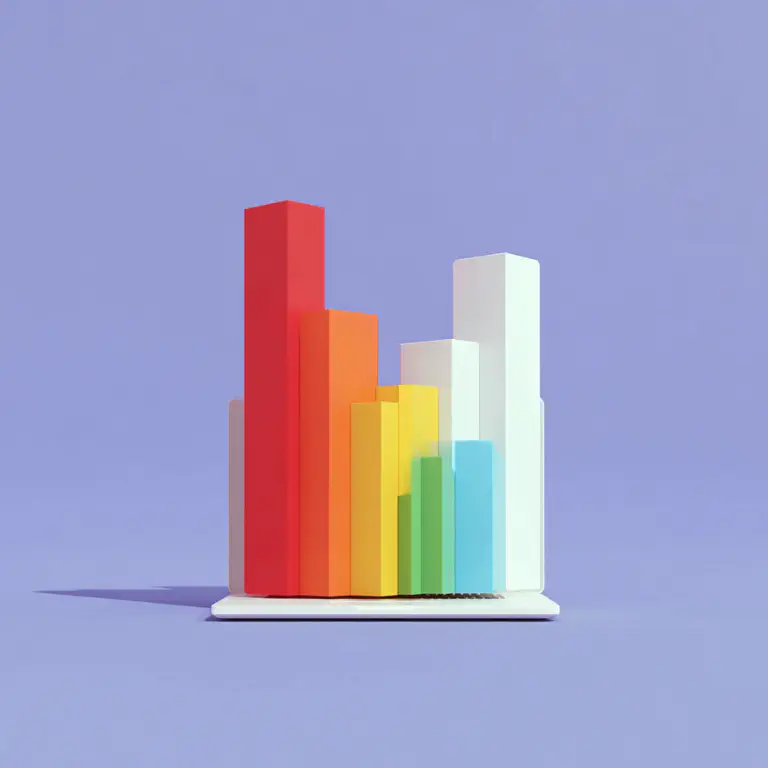What is an investment plan? #
With an investment, you tie up financial resources in tangible or intangible assets for a certain period of time – freely available money becomes tied-up capital. These are usually fixed assets, i.e. things that remain in your company for a long time, such as buildings, machines or patents. Investments in current assets can be, for example, goods or raw materials that you process or sell and that are only in your possession for a short time.
An investment plan gives you an overview of all planned investments and provides information on how much money you want to invest and when. To do this, you record all expenses that are incurred once at the beginning through the acquisition or in the start-up phase of a project. Ongoing costs for operation and maintenance, on the other hand, do not belong in the investment plan, but in the operating resources plan. Together with any start-up costs, these two plans form the capital requirements plan, which is also part of your financial planning or your business plan.
Why an investment plan is essential for companies #
If you set up a company or are in a management position, you are always faced with important investment decisions. Whether you want to buy new machinery, hire staff or drive digitalization – every decision influences the future growth and success of your company. With a well thought-out investment plan, you can manage your expenditure with foresight, set clear priorities and avoid unnecessary risks.
Furthermore, investments usually result in a high capital requirement, which you can often only cover with external lenders such as banks and investors. Convincing investment planning shows them that you can handle money and increases your creditworthiness. Last but not least, in the investment calculation you also calculate the potential benefit of your investments and determine when your capital investment will be profitable.
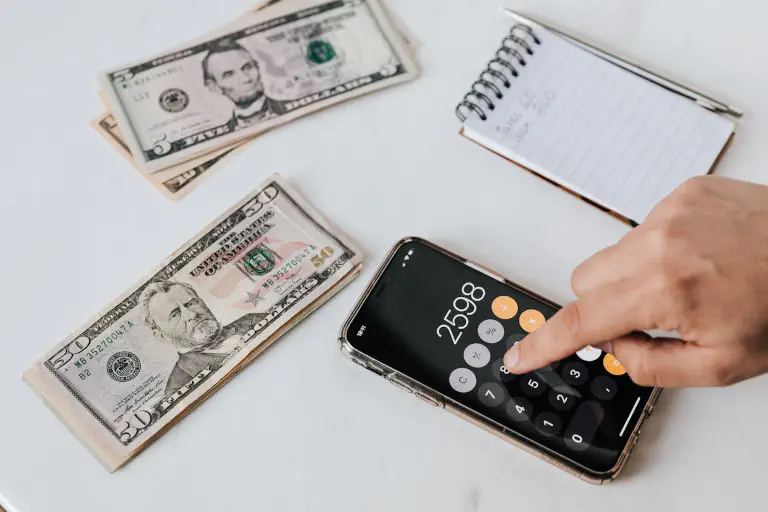
Types of investment explained simply #
Depending on the objective and timing of an investment, 4 types of investment can be distinguished:
Initial investment
Expansion investment
Rationalization investment
Replacement investment
Useful life and depreciation of capital goods #
As you can already see from the different types of investment, the time of acquisition and the expected useful life of capital goods play a decisive role in your investment planning. You should therefore draw up your investment plan not only for the start-up, but for the entire life of your assets.
In an investment plan for machinery, for example, you define for each machine how long you want to use it and when you will probably have to replace it. During the useful life, you should therefore not only generate the acquisition costs, but also build up reserves so that you can replace the machines when the time comes.
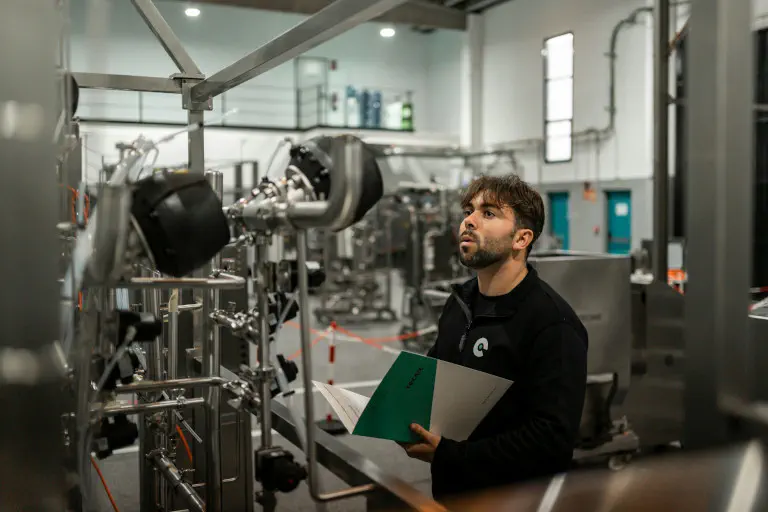
The hypothetical costs for these reserves appear in the balance sheet (e.g. in the annual financial statements) as depreciation. Specifically, it takes into account the depreciation of the asset over its entire useful life. For example, if you buy a machine for 20,000 euros that is to remain in your company for 10 years, the value is reduced by 10 percent each year, i.e. 2,000 euros, which you enter as depreciation in the income statement.
How to create an investment plan – in 6 steps #
-
Define your goals: For example, do you want to expand production capacity to respond to increased demand or enter new markets? Then this suggests an investment plan for more machines. In other words, you should be clear about what you want to achieve with each investment.
-
Clarify the financing: Analyze how much money you need for your project and how you can finance it. Whether equity, loans or subsidies – you decide which financing suits your investment.
-
Set priorities: Not everything that is desirable can be financed. Determine which investments have the highest priority and which you can postpone. Prioritize investments that strategically contribute to your goals and have a direct impact on your business.
-
Calculate costs and benefits: Naturally, your investments should bear fruit as quickly as possible. Therefore, carefully calculate the costs you will incur and the benefits you expect for each investment. Such a cost-benefit analysis will help you avoid unnecessary bad investments.
-
Plan the time horizon: An investment plan helps you to schedule necessary expenditure and deploy funds in such a way that financing is secured in the long term. Thanks to a realistic schedule of when you will purchase which capital goods, the risk of liquidity bottlenecks is reduced.
-
Realize your investment plan: The financing, significance, benefits and timing of your investments have been clarified? Then nothing stands in the way of implementing your investment plan! Check regularly whether your investments are actually achieving the desired success and adjust your plan if necessary.
Investment plan example: Setting up a garage #
Imagine that you want to set up your own garage and need to draw up an investment plan, for example. You make the following investment decisions: You don’t want to rent a garage, but buy a property with a workshop and office. Naturally, this property will be the largest item in your investment plan.
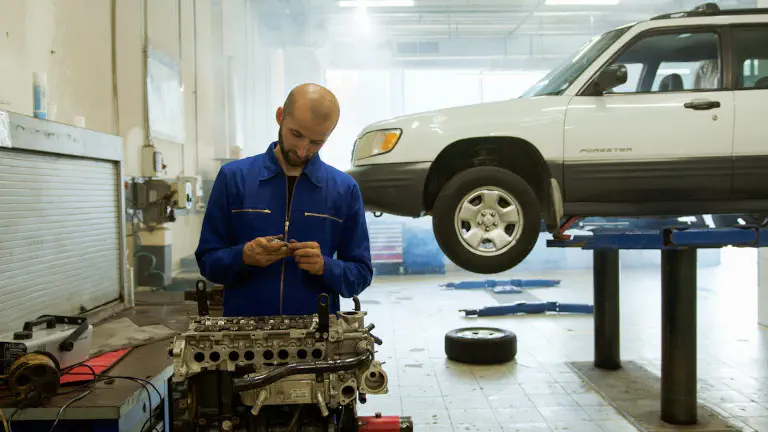
Next, you will need a lifting platform and various electrical devices and tools for your workshop, which you enter in the investment plan under machinery and equipment. Other items of equipment for the workshop and office could include a fitted kitchen, desks, seating, workbenches, shelving systems, computers and telephones. In the future, you also want to invest in your own tow truck, a second lifting platform and a table football table for breaks.
What does an investment plan look like? #
In the example described above, the investment plan could have a structure like this:
| Type of investment | Year 1 | Year 2 | Year 3 |
|---|---|---|---|
| Real estate | |||
| Garage with office | 350,000 | – | – |
| Machinery/equipment | |||
| Lifting platforms | 5,000 | – | 5,000 |
| Electrical equipment | 10,000 | 5,000 | – |
| Tools | 5,000 | – | 2,000 |
| Vehicles | |||
| Tow truck | – | – | 70,000 |
| Furniture | |||
| Workbenches | 5,000 | – | – |
| Fitted kitchen | 5,000 | – | – |
| Desks | 1,000 | – | 500 |
| Seating | 1,200 | – | – |
| Shelving systems | 500 | – | – |
| Table soccer | – | – | 500 |
| IT | |||
| Computers & monitors | 2,800 | 700 | 1,000 |
| Telephones & routers | 1,000 | – | 500 |
| Current assets | |||
| Basic spare parts | 2,000 | 1,000 | 1,000 |
| Gasoline, oils | 500 | 500 | 500 |
| Gloves, clothing | 500 | 300 | 500 |
| Other | 500 | 500 | 500 |
| Investment amount | 390,000 | 8,000 | 82,000 |
All figures in this investment plan example are net prices in euros.
The most common mistakes in investment planning #
You should avoid the following pitfalls to ensure that your investment planning is a success:
-
Confusion with capital requirements planning: The investment plan only covers part of the capital requirements. Take into account additional expenses, especially for ongoing operating and personnel costs.
-
Unclear goals or priorities: Before you invest even one euro, you should have clarified how urgent certain investments are and which investment contributes most to your business goals. This way you will always know what you should spend money on immediately and what you can wait on.
-
Underestimate costs, overestimate benefits: Don’t be too optimistic about the effect of your investments. Sometimes it takes longer than expected for the acquisition costs to be amortized. It is better to calculate too much than too little in terms of costs so that you have a buffer for unforeseen price increases.
-
Gut feeling instead of calculations: Even if you are not a big fan of math, you should carry out the investment calculation seriously and carefully. For example, calculate the profitability of different investments to make the right investment decisions.
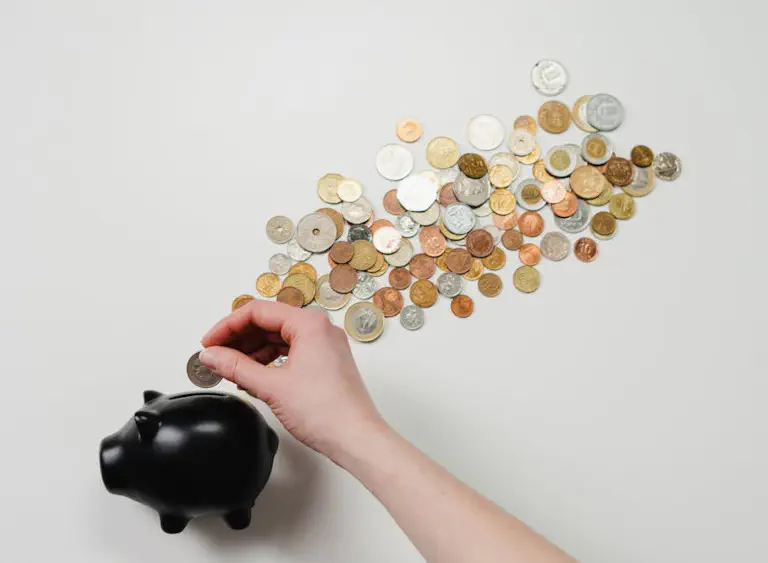
Investment planning software: How to keep track of your investments #
While a template in Excel or Word may suffice for a simple investment plan, the data volumes and structures in larger companies quickly become unmanageable and complex. The no-code database SeaTable , for example, is the ideal investment planning software to help you maintain an overview. The intuitive user interface is reminiscent of a spreadsheet, but SeaTable offers significantly more functions and even the option to create your own apps .
With the help of formulas and statistics, but also views and plugins (such as galleries, calendars, Kanban boards), you can evaluate and visualize your data in no time at all. SeaTable also supports collaboration within your company, for example with its comment function and real-time synchronization of changes. Granular authorizations allow you to control exactly who can see and edit which data. Last but not least, you can use the App Builder to design individual interfaces and processes. For example, you could use a form for investment requests, which everyone in the company can use to submit their requests for purchases.
For founders in particular, professional investment planning software often means high costs before any revenue flows in. Good thing SeaTable is scalable: start with the free version, which already offers you all the basic functions, and only pay for upgrades if you need more storage space, features or user accounts. SeaTable grows with your requirements and your team!
You also have the choice of whether you prefer the convenience and scalability of the cloud – or whether you want to enjoy the full data sovereignty of an on-premises installation with SeaTable Server . If you use the SeaTable Cloud , your data is stored in German data centers in compliance with the GDPR and protected from being passed on to servers in the USA and other countries.
FAQ about the investment plan #
What is an investment plan?
What does an investment plan look like?
What should you consider when planning investments?
What is depreciation?
TAGS: Finances Build Your Business
